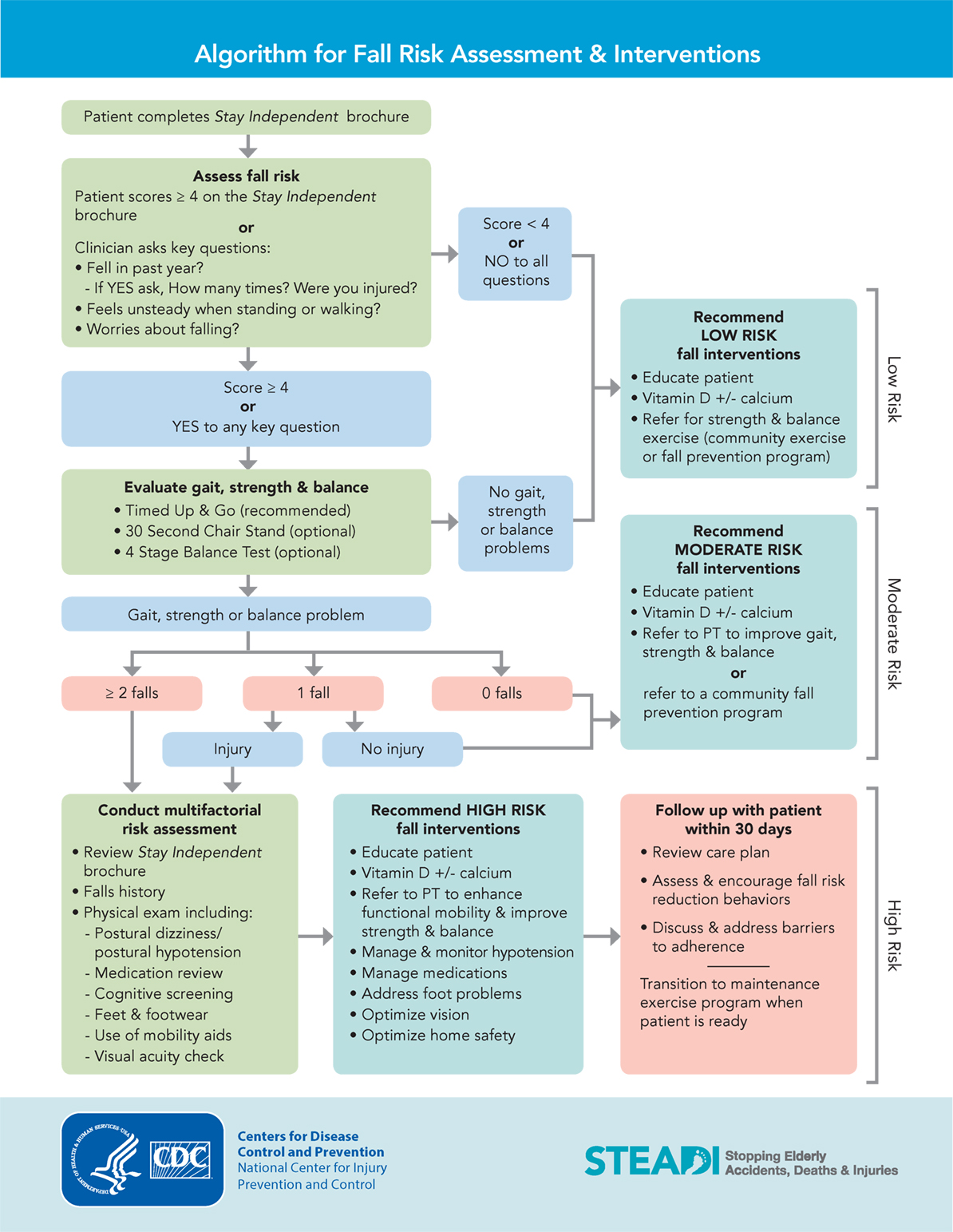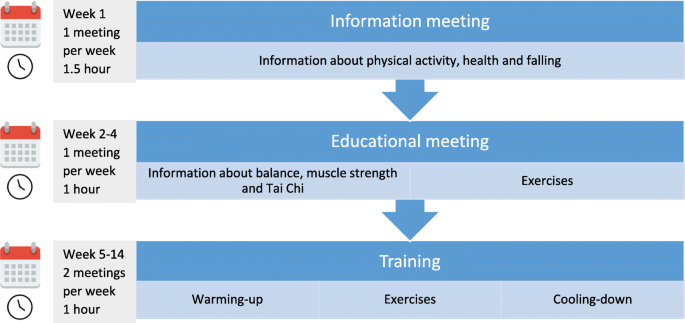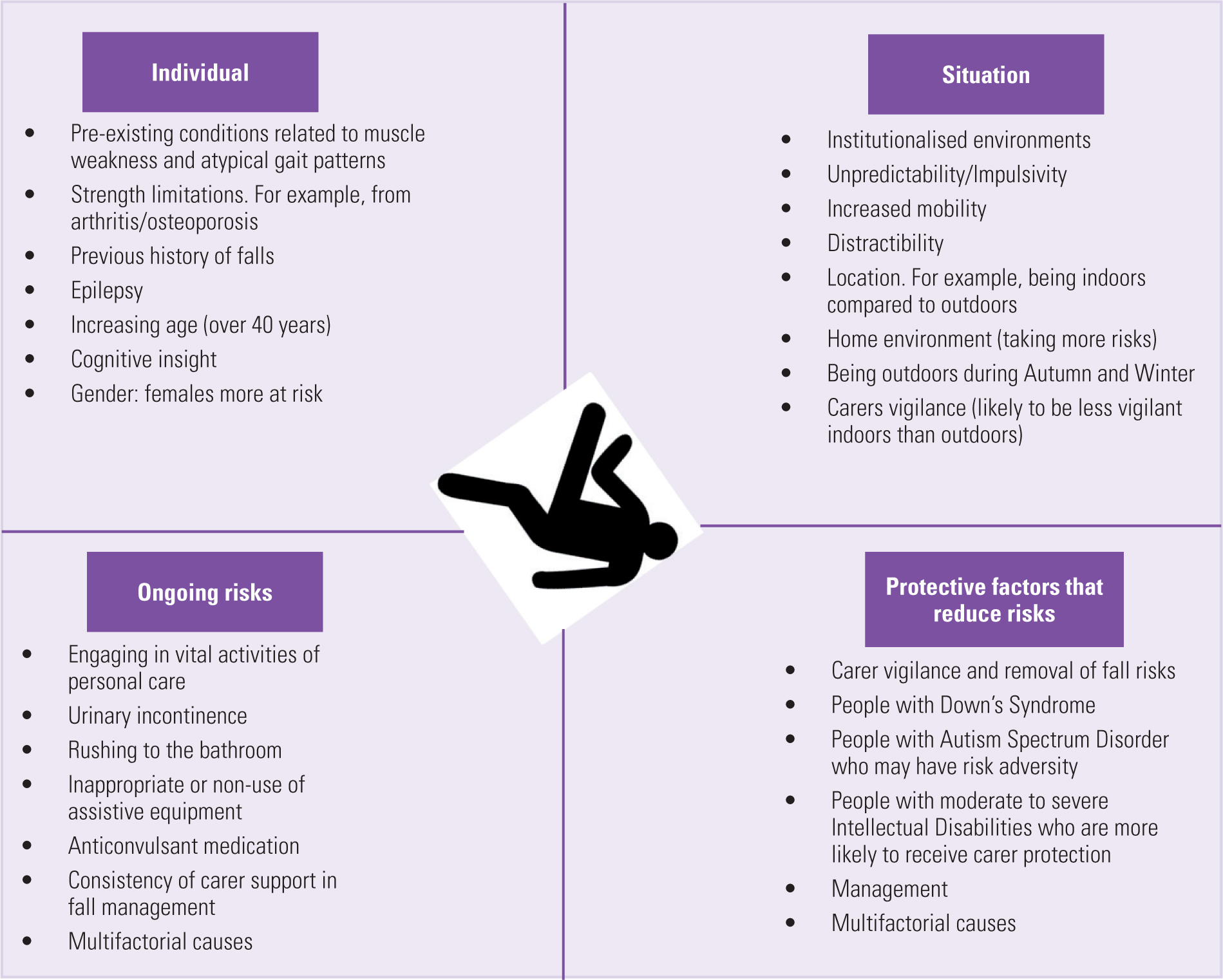The Basic Principles Of Dementia Fall Risk
The 10-Second Trick For Dementia Fall Risk
Table of ContentsSome Ideas on Dementia Fall Risk You Should KnowSome Known Facts About Dementia Fall Risk.See This Report about Dementia Fall Risk8 Easy Facts About Dementia Fall Risk Shown
A fall threat analysis checks to see exactly how likely it is that you will certainly drop. The evaluation typically includes: This includes a collection of concerns about your total wellness and if you've had previous drops or problems with equilibrium, standing, and/or walking.Treatments are referrals that may decrease your danger of dropping. STEADI includes three steps: you for your threat of dropping for your risk elements that can be boosted to attempt to prevent falls (for instance, equilibrium troubles, damaged vision) to decrease your danger of dropping by utilizing reliable techniques (for example, offering education and learning and resources), you may be asked several concerns including: Have you fallen in the past year? Are you fretted regarding dropping?
You'll rest down once more. Your service provider will inspect exactly how lengthy it takes you to do this. If it takes you 12 secs or more, it may mean you go to greater threat for an autumn. This examination checks strength and equilibrium. You'll being in a chair with your arms went across over your chest.
Move one foot midway onward, so the instep is touching the large toe of your other foot. Move one foot completely in front of the various other, so the toes are touching the heel of your various other foot.
The Best Guide To Dementia Fall Risk
Most falls take place as an outcome of multiple adding variables; therefore, handling the risk of dropping starts with determining the factors that add to fall risk - Dementia Fall Risk. A few of one of the most relevant risk elements consist of: Background of previous fallsChronic clinical conditionsAcute illnessImpaired stride and balance, lower extremity weaknessCognitive impairmentChanges in visionCertain high-risk medications and polypharmacyEnvironmental factors can likewise boost the threat for drops, consisting of: Insufficient lightingUneven or harmed flooringWet or slippery floorsMissing or damaged hand rails and order barsDamaged or improperly equipped devices, such as beds, wheelchairs, or walkersImproper usage of assistive devicesInadequate guidance of the people living in the NF, including those who exhibit aggressive behaviorsA successful loss risk administration program needs a detailed medical evaluation, with input from all participants of the interdisciplinary group

The care strategy should also include treatments that are system-based, such as those that advertise a secure setting (ideal illumination, hand rails, get hold of bars, and so on). The performance of the interventions should be evaluated regularly, and the treatment plan revised as required to show modifications in the loss threat evaluation. Applying a loss danger administration system using evidence-based best practice can lower the prevalence of falls in the NF, while restricting the possibility for fall-related injuries.
8 Easy Facts About Dementia Fall Risk Described
The AGS/BGS standard advises screening all grownups aged 65 years and older for autumn risk each year. This testing contains asking patients whether they have actually dropped 2 or more times in the previous year or looked for medical attention for a fall, or, if they have not dropped, whether they feel unsteady when strolling.
People who have dropped once without injury needs to have their balance and gait examined; those with gait or balance irregularities ought to get additional evaluation. A history of 1 autumn without injury and without stride or balance troubles does not call for further evaluation past continued yearly fall danger testing. Dementia Fall Risk. An autumn risk assessment is needed as part of the Welcome to Medicare examination

Top Guidelines Of Dementia Fall Risk
Documenting a drops background is one of the quality indications for loss prevention and management. copyright medicines in specific are independent predictors of drops.
Postural hypotension can often be relieved by decreasing the dosage of blood pressurelowering medications and/or quiting medications that have orthostatic hypotension as an adverse effects. Use above-the-knee assistance hose and copulating the head of the bed elevated might also decrease postural decreases in blood pressure. The advisable aspects of a fall-focused physical evaluation are revealed in Box 1.

A yank time above or equivalent to 12 seconds recommends high fall danger. The 30-Second Chair Stand test assesses reduced extremity toughness and balance. Being not able to stand from a chair of knee height without utilizing one's arms shows enhanced loss threat. The 4-Stage Balance examination analyzes static balance by having the person stand in 4 placements, each gradually extra challenging.